In the Power Hall at the museum stands a remarkable steam locomotive. The Pakistan Railways SP/S 3157, a 4-4-0 engine built by The Vulcan Foundry, Newton-Le-Willows and delivered in 1912. This one locomotive travelled half way around the world and back again; clocked up many thousands of miles in its service career; and witnessed the creation of a new nation.
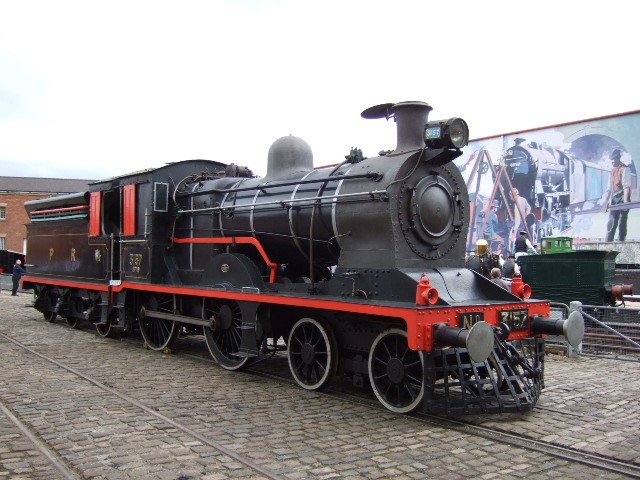
Science Museum Group © The Board of Trustees of the Science Museum
In late September, artist Nihkil Chopra, will use this special object as the centrepiece of a 48-hour performance piece evoking the complex history of colonialism, the British Raj, independence and the subsequent Partition of India in 1947. This has given us a great chance to delve into our archives and take a more in-depth look at the history of this extraordinary engine.
Because of the journeys SP/S 3157 has made and the historic times it has travelled through, the locomotive is more than just an object in the museum’s collections. It reflects Britain’s colonial past, particularly its role in creating the railway networks and subsequent trade networks formed for exporting British goods around the world and importing exotic and other goods from across the Empire.
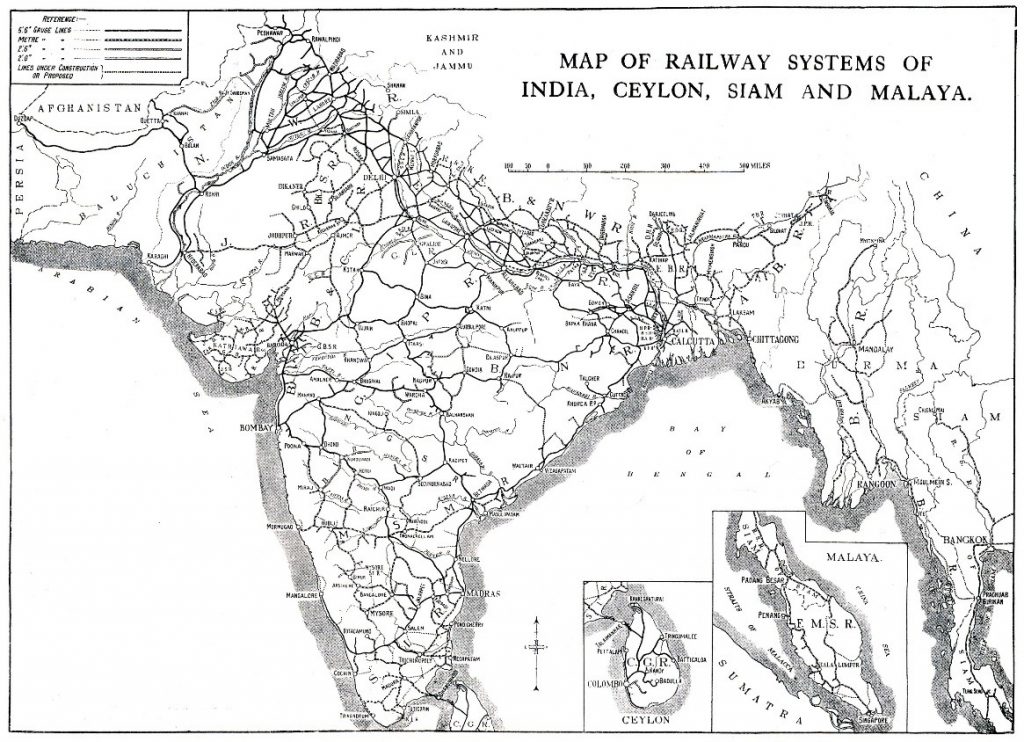
Science Museum Group © The Board of Trustees of the Science Museum
The engine was one of 11 ordered by North-Western Railway (NWR), a regional railway operated by the Indian State Railway. The 11 engines were Progressive Order Nos 2759-2769. S/PS 3157 was Progressive Order No 2764, a broad gauge engine. Broad gauge measured 5 feet 6 inches between the rails and was favoured because it allowed the engineer’s designing the locomotives to build larger fire boxes and boilers, enabling the engines to pull longer and heavier loads, whilst at the same time being more stable on the railway tracks—especially useful in the mountainous regions of northwest India.
This locomotive was a product of a report from the Locomotive Committee on Standard Locomotives for Indian Railways, published in 1910. The report published a set of standards and specifications for locomotives, which had been agreed after receiving instructions from the then-Secretary of State for India, with the assistance of a conference first held in 1903 between consulting engineers and locomotive manufacturers.
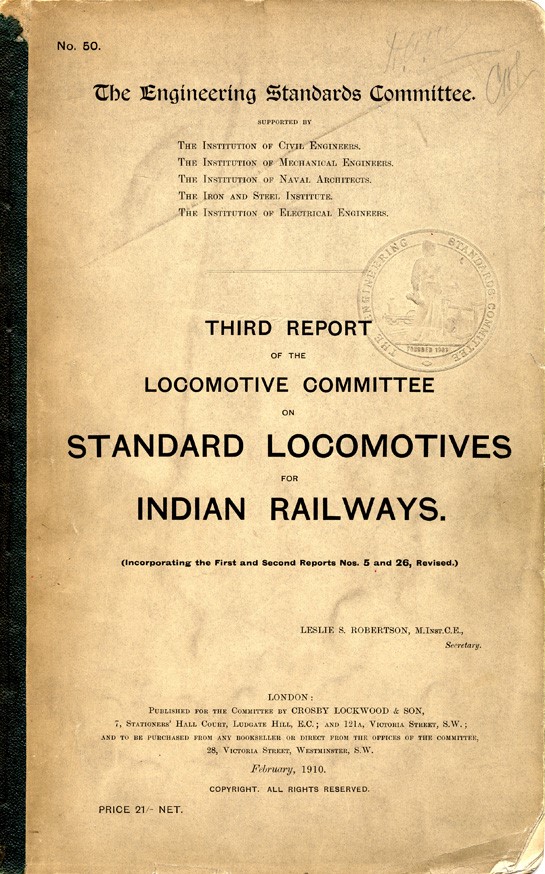
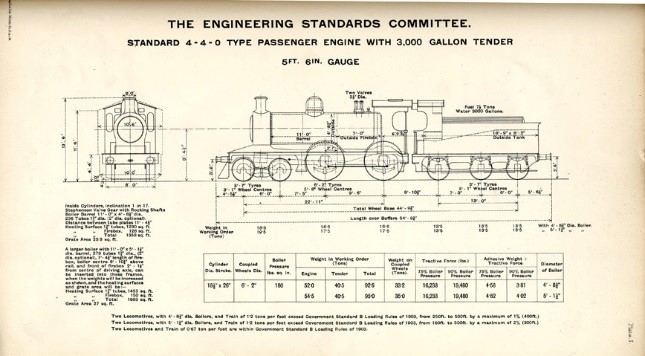
Science Museum Group © The Board of Trustees of the Science Museum
The conference included directors from various engineering companies including the Vulcan Foundry Ltd and Beyer, Peacock & Co Ltd, leading locomotive builders in the North West. Vulcan Foundry had received an order to build and supply eight locomotives for India in 1852, not long after the first railways were built there, and between 1852 and 1952 the Vulcan foundry built a total of 2,750 locomotives, an average of one a fortnight for 100 years.
Beyer, Peacock began supplying locomotives to India in 1855, with an order for 10 engines. That company continued to supply locomotives to India until 1939, during which time they built and supplied the country with 270 locomotives. One such order, in 1904, was to build 10 passenger locomotives for NWR using specifications that were to be used by Vulcan a few years later in 1911 for S/PS 3157.
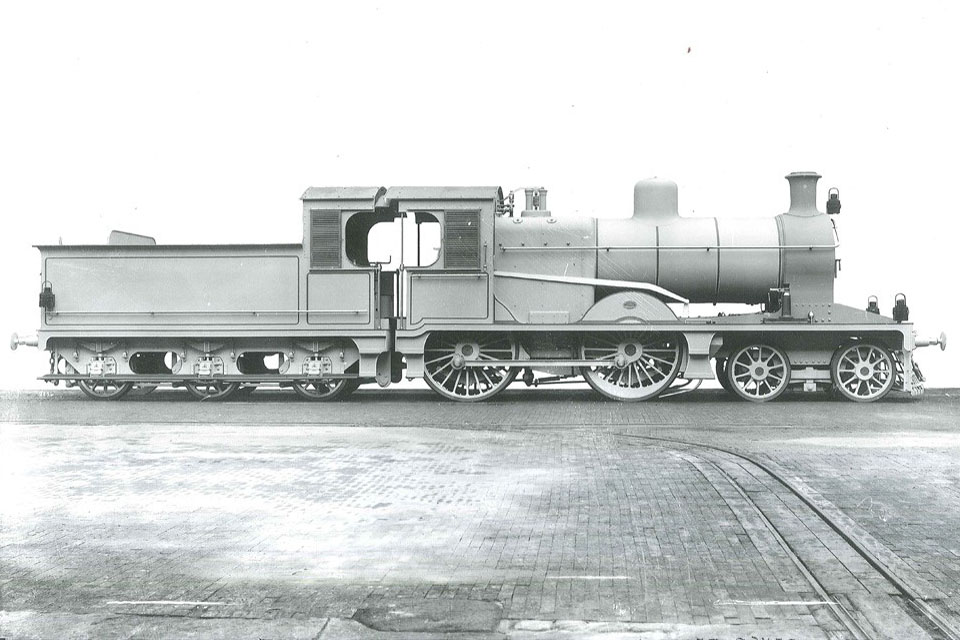
Science Museum Group © The Board of Trustees of the Science Museum
Head to part two of this blog to read more about how the locomotive manufacturing companies responded to transporting large steam locomotives to India, a little more on the NWR, and how eventually the Pakistan Railways Eng No S/PS 3157 came back to the land of its creation.
6 comments on “Pakistan Railways Engine No. S/PS 3157—Part one: Production”
Comments are closed.
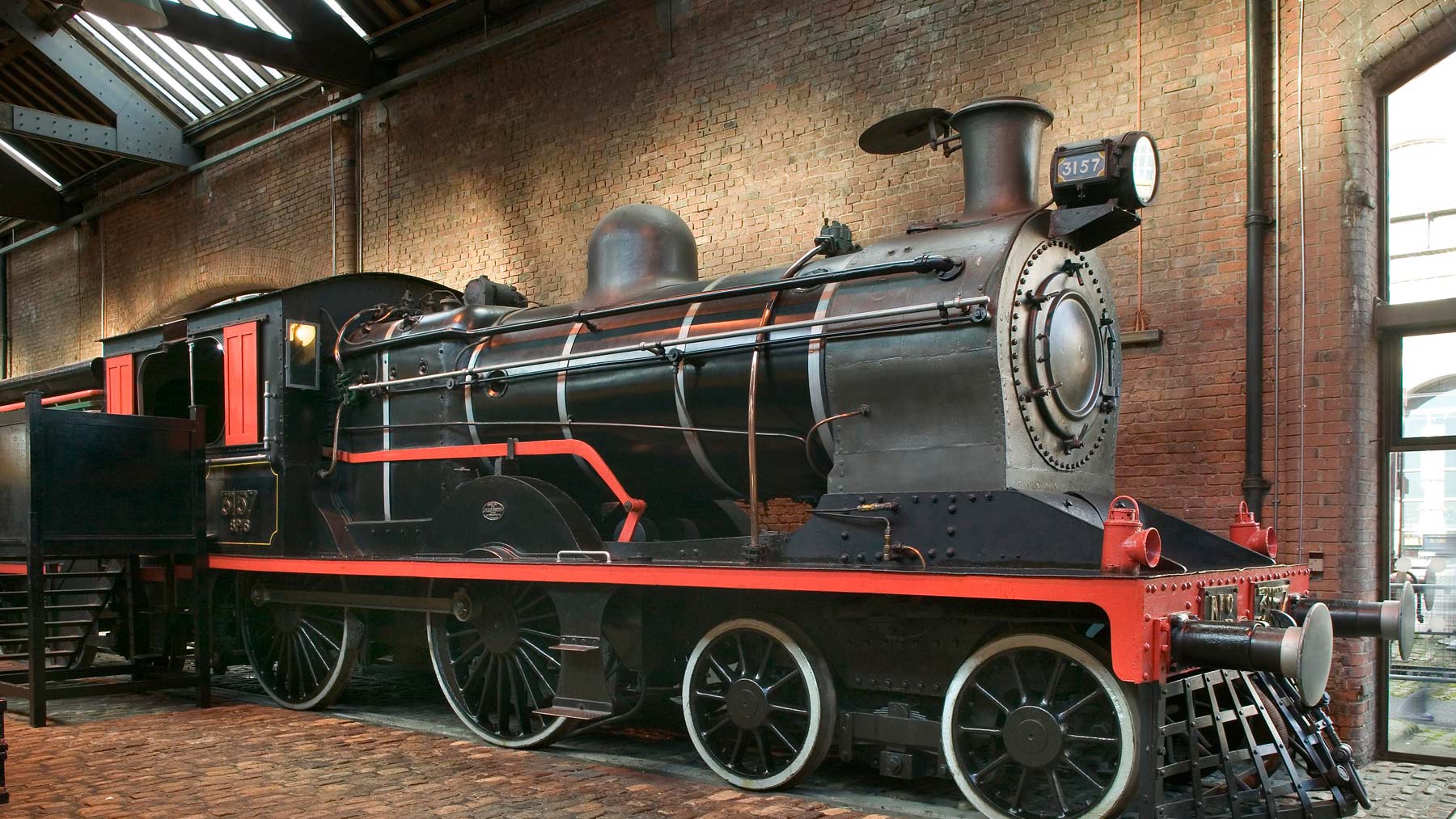
Dear Owais Mughal, thank you the additional information about 3157 when it was in service in India and then later Pakistan. To think that the locomotive figures in a publication about diplomacy makes it’s significance to the museum that much more important.
The SP (Standard Passenger) Class 4-4-0 was originally specified in the 1903 report briefly referred to above, resulting in the first order dated 1904 which you illustrate. The 1910 report was mainly devoted to further new designs, and repeated the SP specs for completeness. It should be pointed out that this class had a slightly smaller boiler than the 1920s/30s SPS class (Standard Passenger Superheated) rebuilds which looked (and were) more powerful, and had 3000 added to their numbers. No 3157 was originally built by Vulcan Foundry as No 157 in 1911,
Hi Nick, thanks for the clarification.
My Dad worked as a Boiler Maker on the Railway in Pakistan. My Siblings were born in different places as He was moved to where He was needed the most. We are RC Anglo Indians and came to the UK in 1948 as it was the time of the rioting between India and Pakistan. I have his old Tiffin Box. It is made in highly polished wood with mesh panels. It measures 60cm long x 35cm wide and 30cm high. At the moment it is my sewing box but I would love it to be part of a museum.
My Dad, Alfred Hargrave was a driver on the North Western Railway in India/Pakistan from about 1930 to 1948. He was stationed in Kotri, Quetta, Khanewal, Rohri, Sibi, Mach and finally Quetta when he took Leave prior to retiring (LPR) and returned to the UK. He drove S/PS’s, XCs, HGs’s and many others. In all his postings he was allocated an engine which was “his” while he was there. When in Mach 1944-46 he drove an HGs No 2178 and while in Quetta 1946-48 he drove an HGs No 2251. Dad had his own whistle code which he blew when entering his home station to let us know he was back. In Rohri, Sibi, Mach and Quetta it was dot dot dot dash.
Derek Hargrave